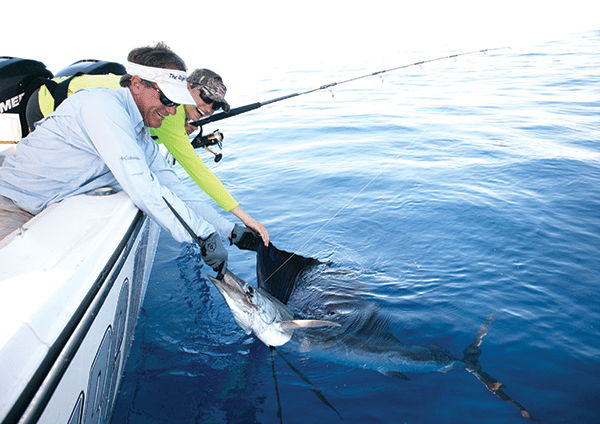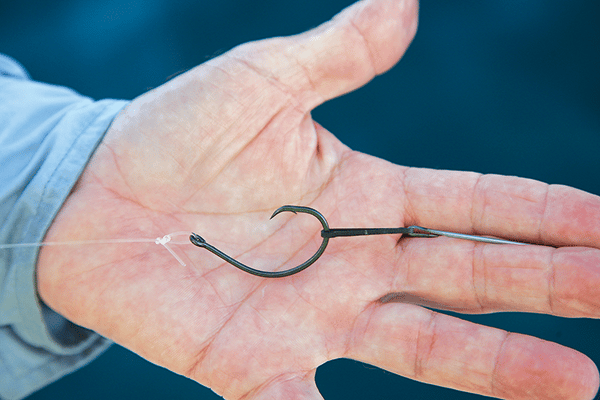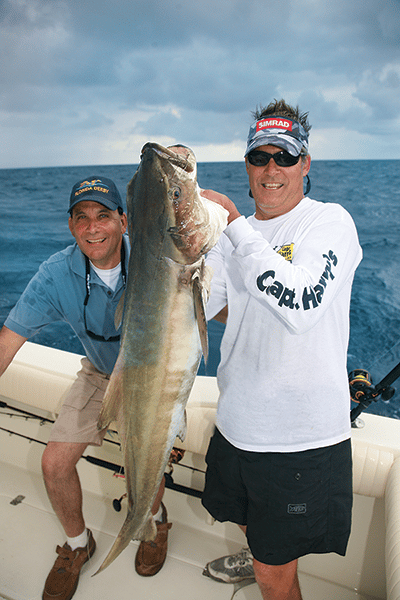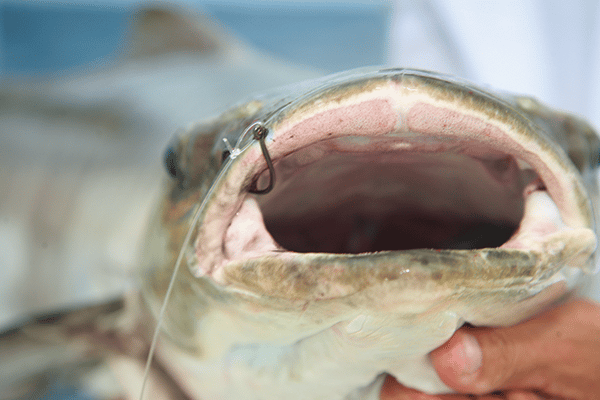The in-line circle-hook revolution continues to convert more hookups into successful catches, while simultaneously bolstering the survival of game fish destined for release. Once a circle hook latches in the jaw of a fish, it’s nearly impossible for that fish to throw it. And because of its design — the in-line style especially — fewer fish are hooked in the gills, throat or stomach. It’s a win-win for both anglers and the released fish.

For a circle hook to be most efficient, however, it should be bridled to a bait. By establishing a slight gap between the bait and hook, the entire circle hook remains exposed for a clean, unobstructed hook-set. Equally critical is maintaining a fully exposed hook, so when a fish takes the bait, the hook hasn’t turned back into the bait, resulting in a missed opportunity. Bridling, primarily used with live baits, becomes just as effective with dead baits, whether you’re drifting whole fish or slabs for sharks, or soaking chunks for striped bass, snook, tarpon, cobia and bottomfish. Bridling unquestionably improves hookup-to-catch ratios.
If bridling has a disadvantage, it’s the perceived difficulty in fabricating loops of Dacron, the most commonly used material, especially for larger live baits. Because the actual bridling process sometimes appears daunting, many anglers simply impale a bait on a circle hook, unaware that this is where their story about the one that got away usually begins.
Enter rubber bands, which provide a quick, simple way to secure a circle hook to either live or dead baits. An open-eye rigging needle (to snatch the rubber band) and a pack of small orthodontic-type rubber bands — the small ones used on children’s braces — make up the kit. For large live baits, No. 32 rubber bands get the nod.
Orthodontic-type rubber bands work exceptionally well on small baits, such as herring, pilchards, and menhaden, and even larger ones, like goggle-eyes, hardtails, and mullet. There’s no premeasuring and cutting (i.e., tailoring bridles to the size and types of live baits), and a rubber-band bridle can be mastered in seconds. What’s more, the rig works even with J-style hooks.
















